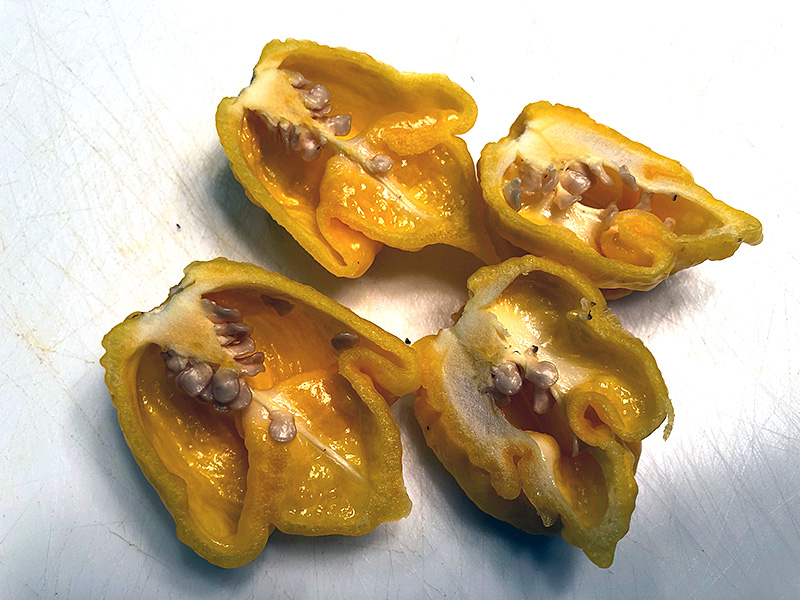

So hobbyist growers are getting cheated out of 30 bucks or so when the seeds they bought don’t come out how they were supposed to.”ĭuffy has good reason to be upset, as a big name in superhots. “(There are) lots of upstarts who are claiming they have the hottest and are getting people to buy their seeds without having any proof. More and more small growers are vying for the title of hottest pepper, often without any evidence to support their claims, says Jim Duffy, a prominent chili grower from Southern California. With no other official source willing to evaluate the explosion of superhots, the last few years have turned into a free-for-all.Ĭompared to England and Australia, two other chilihead hot beds, there is a lot of negativity and fighting among American growers, says Barrus. Many think that Guinness simply can’t keep up with the number of applicants, or is unwilling to crown a new champion because having so many changes so rapidly dilutes the value of the prize. More and more small growers are vying for the title of hottest pepper, often without any evidence to support their claims. Since then the title has remained static. The Ghost Pepper was crowned in 2007, but after the Butch T won in 2011, the title had changed hands three times in a little more than a year. Better known in the West as the Ghost Pepper, the Bhut Jolokia more than doubled the Red Savina’s Scoville rating. Then the Indian Bhut Jolokia, the first superhot pepper, was discovered by researchers in the West. Many thought that that was as hot as peppers would ever get. Two decades ago the Red Savina Habanero, then the world’s hottest pepper, only topped out at around half a million Scoville heat units. But the majority of American chiliheads believe that pepper has been usurped by the Reaper, the Trinidad Moruga Scorpion, or any number of other peppers concocted by hobbyist growers. There are four different camps.Īccording to the folks at Guinness World Records, the Trinidad Scorpion “Butch T,” a Trinidad Scorpion chili pepper variant developed by The Chilli Factory in Australia, is the world’s hottest at more than1.4 million Scoville units.


Which pepper currently reigns supreme depends on who you ask. “It’s a big money thing to have the world record.” “It is highly competitive and there is a lot of infighting,” says Ted Barrus, a well-known reviewer of superhots-peppers reaching over one million Scoville heat units (at least three times as hot as a typical habanero)-famous for his YouTube videos under the moniker Fire Breathing Idiot. Like any human endeavor involving pride and money, the competition for the world’s hottest pepper, especially in the United States, is cutthroat and, to make matters worse, there currently is no undisputed champion. Its looks are a carefully crafted marketing scheme that screams “Danger: Do Not Eat.” But it was those looks that immediately drew Ed Currie, a South Carolina chili pepper grower, to the Carolina Reaper, the latest and most controversial contender for the crown of world’s hottest pepper. It is an evil looking pepper-a gnarled, lumpy pod with a sucked-up belly and a small tail reminiscent of wasp’s stinger.


 0 kommentar(er)
0 kommentar(er)
